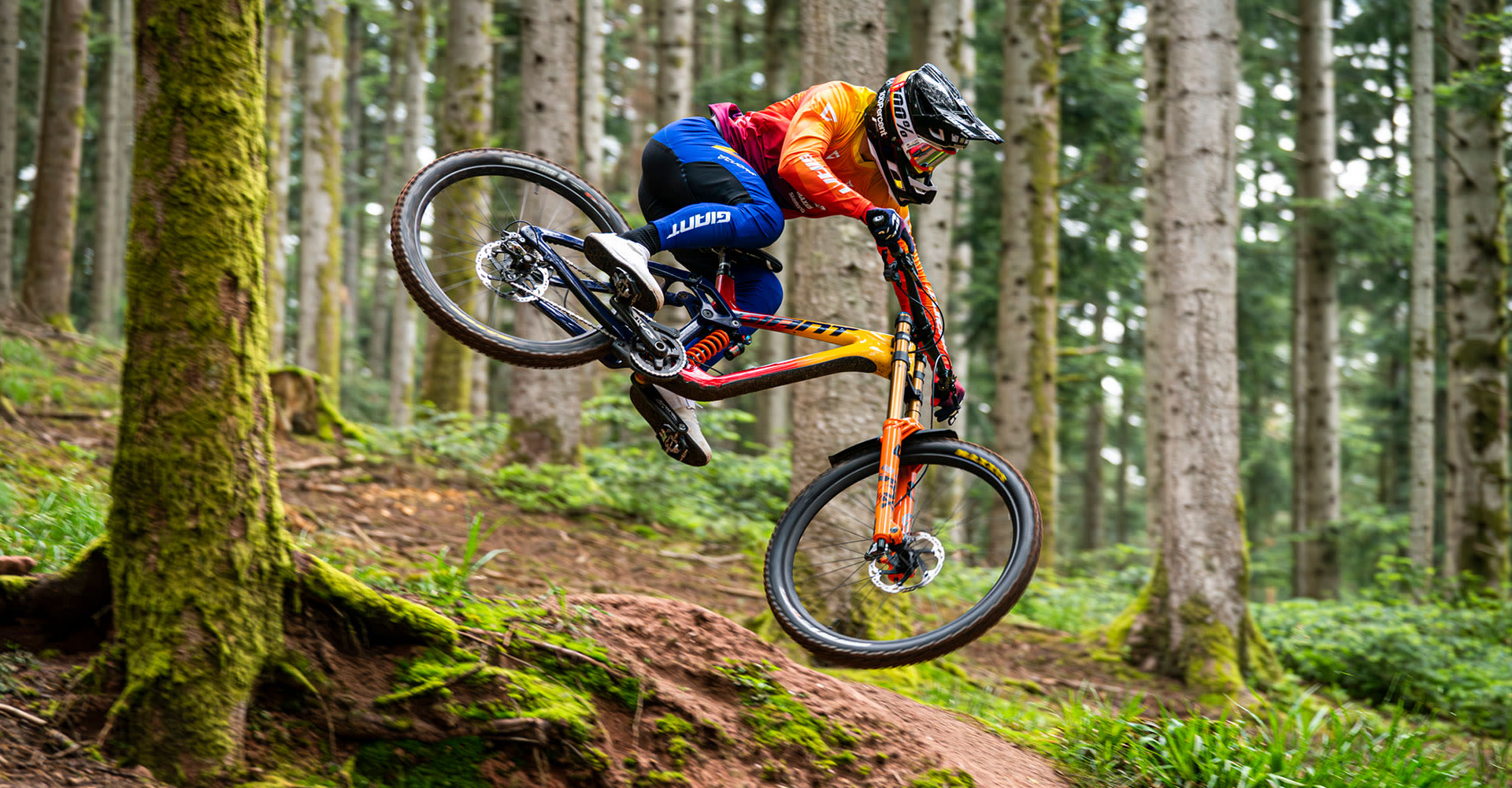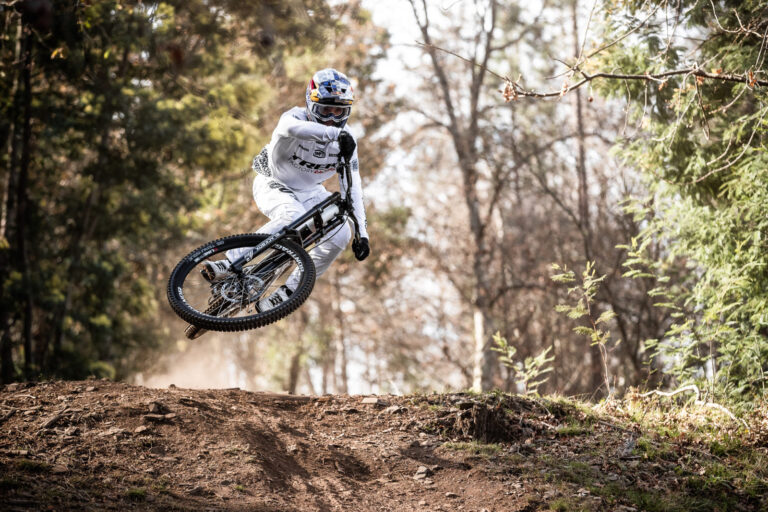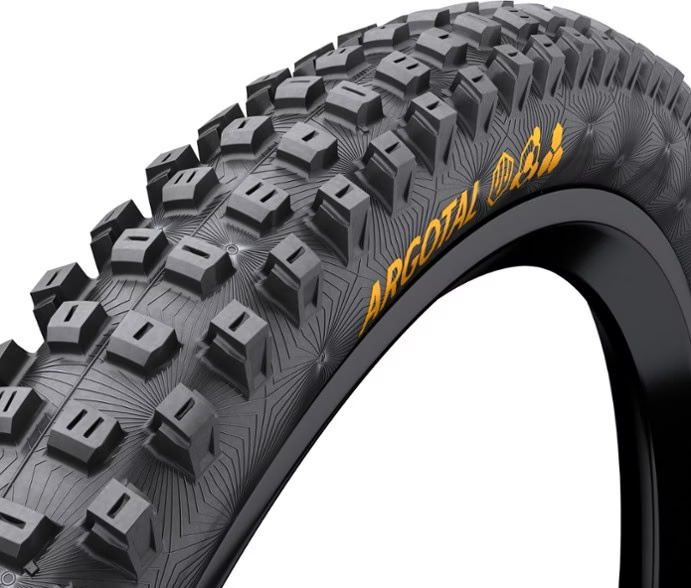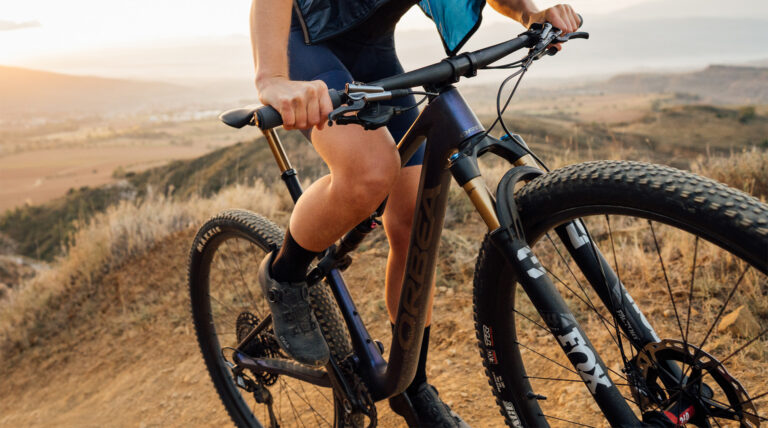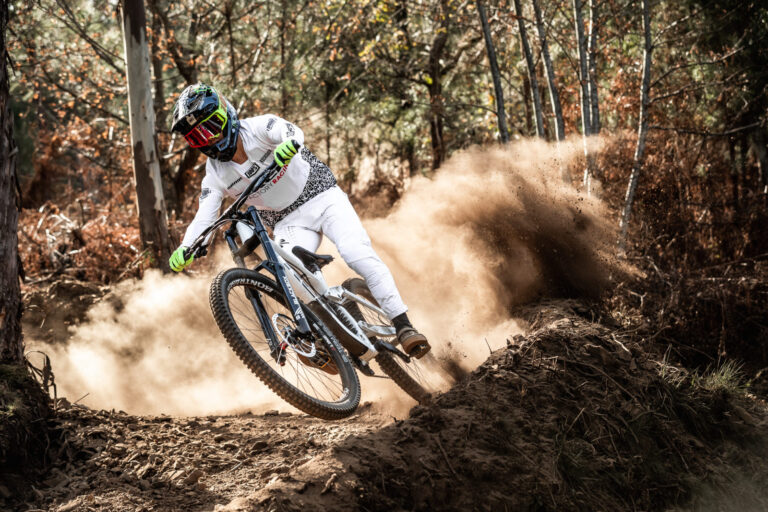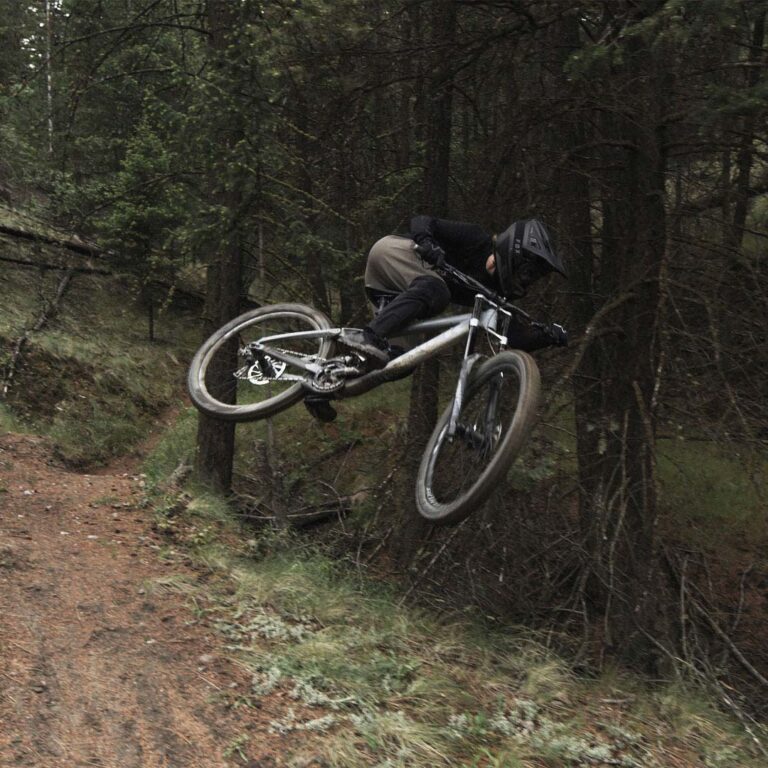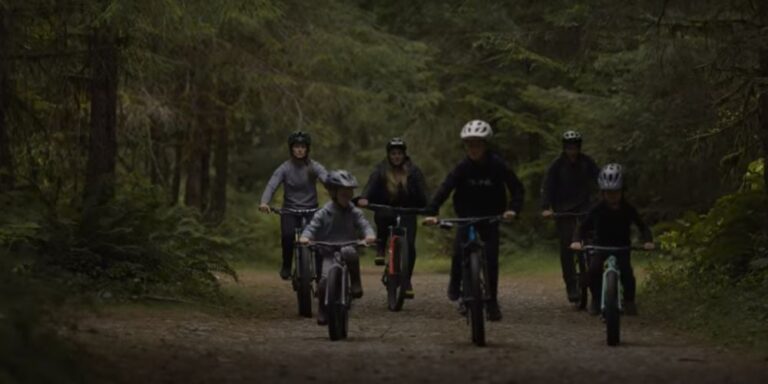The Importance of Drivetrain Selection in Trail Bikes
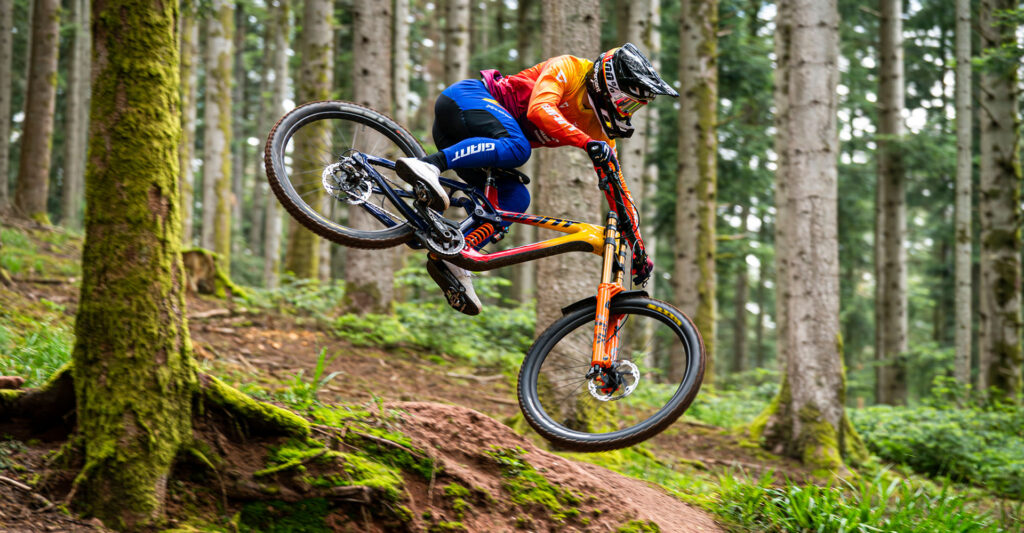
Key Point Summary of The Importance of Drivetrain Selection in Trail Bikes:
- Drivetrain Compatibility: Ensuring your drivetrain components work harmoniously is key to smooth operation.
- Gear Ratios: Choosing the right gear ratios can significantly impact your ability to climb steep trails and accelerate on flat sections.
- Shifting Systems: The type of shifting system, whether mechanical or electronic, affects the precision and reliability of gear changes.
- Maintenance and Durability: A drivetrain suited for trail riding should balance performance with ease of maintenance and durability under harsh conditions.
Embarking on the trails with your bike is not just about the journey or the destination—it’s about the seamless dance between you, your bike, and the path you’re conquering. Throughout my years of pedaling across mountains, and gravel, and the unpredictability of cyclocross courses, I’ve come to realize the cornerstone of this dance is often the bike’s drivetrain. The right selection can turn a grueling climb into a manageable ascent, and a technical descent into a controlled swoop. This article dives into the heart of what makes drivetrain selection crucial for trail bikes, especially for those of us with wheels firmly planted in the dirt and eyes set on the next peak.
The Heart of the Bike: Drivetrain Compatibility
A harmonious drivetrain is the linchpin of a bike’s performance. Early in my biking adventures, I learned the hard way that not all components play well together. A mismatched drivetrain can lead to clunky shifting and lost energy, detracting from the joy of the ride. Ensuring compatibility among your chain, cassette, derailleurs, and shifters is not just about avoiding mechanical mishaps; it’s about crafting a symphony of movement that responds to your every command.
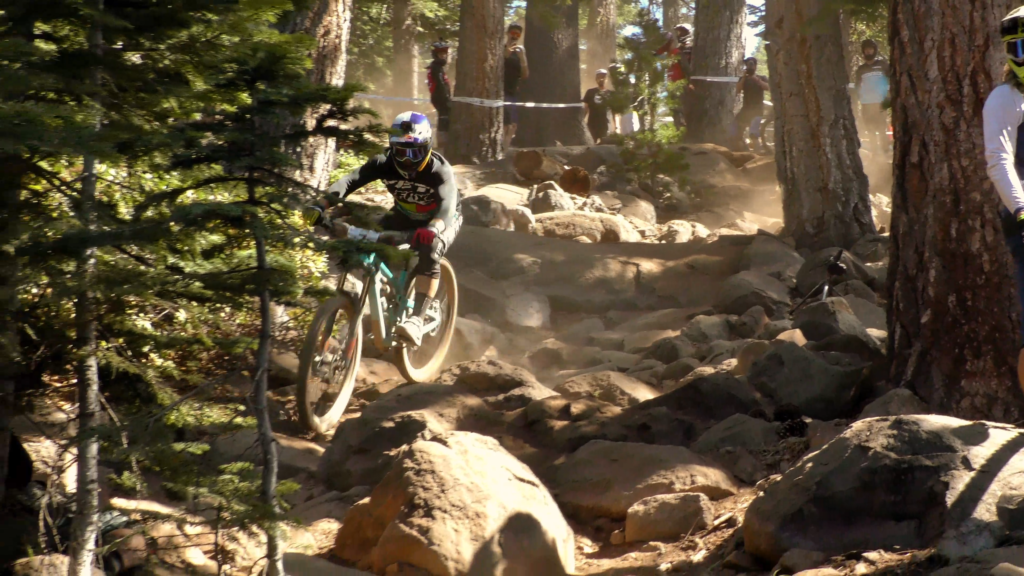
Climbs and Descents: The Magic of Gear Ratios
Gear ratios might seem like a topic for bike nerds, but they’re actually the secret sauce to conquering diverse terrains. On one memorable ride, I found myself on a trail that was all climb, and my bike, set up for flatter terrains, just couldn’t cope. That experience taught me the value of selecting a drivetrain with a range that matches the terrain you’ll face most often. A wider gear range can help you tackle steep climbs without sacrificing the speed you crave on the flats and descents.
The Shift to Precision: Shifting Systems
The evolution from mechanical to electronic shifting systems marks a revolution in how we interact with our bikes. The crisp, reliable shifts of an electronic system can make a world of difference on a trail, especially when you’re navigating technical sections that demand your full attention. While mechanical systems have their charm and reliability, the precision of electronic shifting minimizes distractions, letting you focus on the trail ahead.
The Long Haul: Maintenance and Durability
Trail bikes see a lot of action, from dust and mud to the occasional, inevitable crash. A drivetrain that’s up for this challenge is one that balances high performance with durability and ease of maintenance. On a particularly muddy race day, I was thankful for my drivetrain’s resilience and how a simple post-ride clean-up had it ready for another day of abuse. Choosing components known for their durability and ease of maintenance can extend the life of your bike and your enjoyment of the ride.
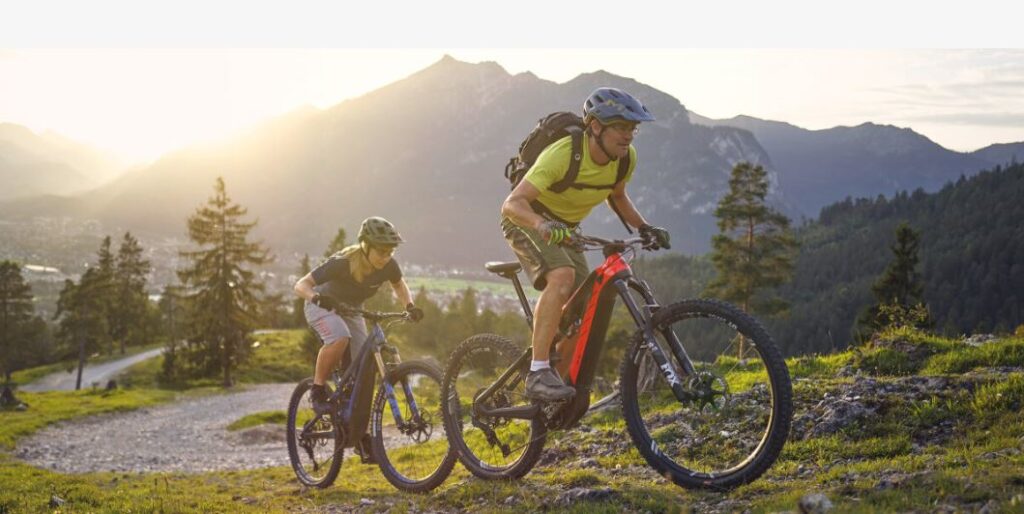
The Importance of Drivetrain Selection in Trail Bikes: The Symphony of the Trail
Selecting the right drivetrain for your trail bike is much like composing a piece of music. Each component must be chosen with care, ensuring they work in concert to deliver a ride that’s smooth, efficient, and responsive to your every input. Whether you’re a beginner just starting to explore the trails or a seasoned rider pushing the limits, understanding the importance of drivetrain selection can elevate your riding experience, turning every trail into a new opportunity for adventure.
A bike like the Specialized Stumpjumper, for instance, stands out as a versatile and well-regarded option in the trail biking community. It’s known for its balanced geometry, making it capable of handling a wide range of terrains, from steep climbs to technical descents. The Stumpjumper often comes equipped with a high-quality drivetrain, featuring a wide range of gears to tackle different riding conditions effectively. It’s available in models with both mechanical and electronic shifting, allowing riders to choose based on their preferences for precision and reliability. Moreover, its reputation for durability and ease of maintenance makes it a suitable example of a trail bike that embodies the considerations discussed in the article.
The key takeaway is that the best trail bike is one that’s thoughtfully equipped to meet the demands of the trails you love to ride, with a drivetrain setup that enhances your riding experience by offering smooth, reliable shifting, a gear range tailored to your typical riding conditions, and components that strike a balance between performance and longevity. The Specialized Stumpjumper, with its adaptable configurations and solid performance across various terrains, serves as a prime example of how selecting the right components, especially the drivetrain, can elevate the trail biking experience for cyclists at different skill levels.
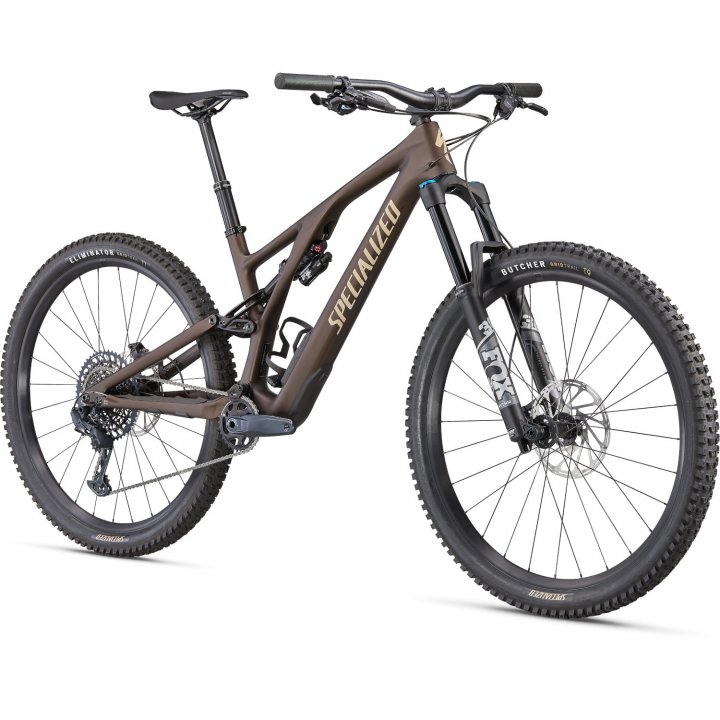
FAQ
What drivetrain is best for mountain bike?
The best drivetrain for a mountain bike depends on the rider’s specific needs and the terrain. However, 1x drivetrains (such as 1×11 or 1×12) are popular for their simplicity, reduced weight, and sufficient gear range for most situations.
What are the advantages of the 1×11 drivetrain?
- Simplicity: Eliminates the front derailleur, making it easier to use and maintain.
- Weight Reduction: Fewer components mean a lighter bike.
- Ample Gear Range: Provides a wide range of gears for most trail riding situations.
- Less Chain Drop: With a narrow-wide chainring design, it reduces the chance of chain drop.
What is the advantage of a 2X drivetrain?
- Wider Gear Range: Offers a broader range of gears, making it better for varied terrain with steep climbs and fast descents.
- Closer Gear Ratios: Allows for finer control over cadence and exertion.
What are the pros and cons of 1x drivetrain?
Pros:
- Simplicity and ease of use with a single shifter.
- Reduced weight from fewer components.
- Lower maintenance due to the absence of a front derailleur.
- Improved chain retention.
Cons:
- Potentially wider gaps between gear ratios, which can affect pedaling efficiency.
- In some cases, a limited gear range compared to 2x setups, potentially making very steep climbs more challenging.
- Can be more expensive due to the need for specific components like a wide-range cassette.
Ride On
John
